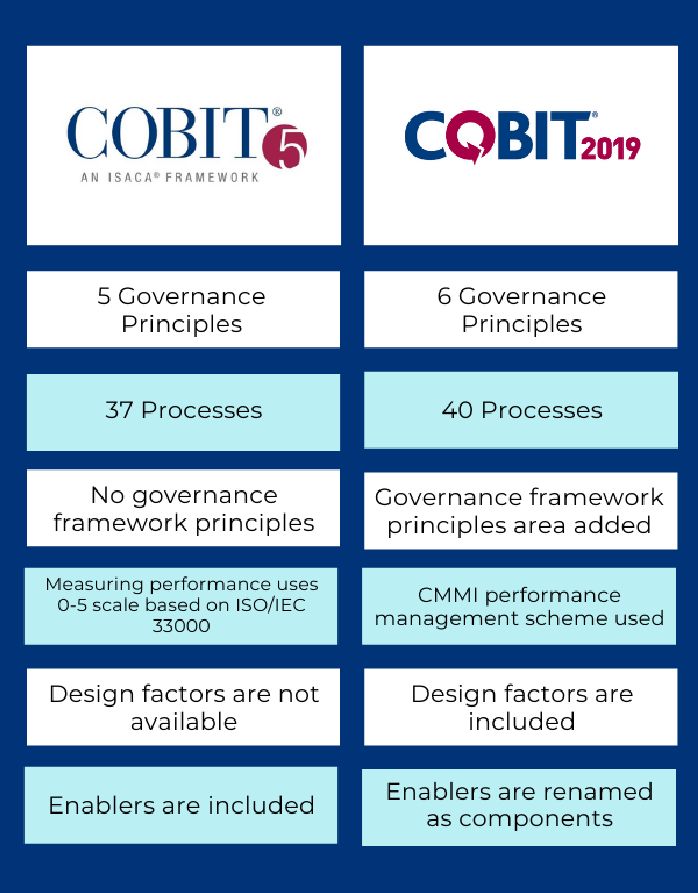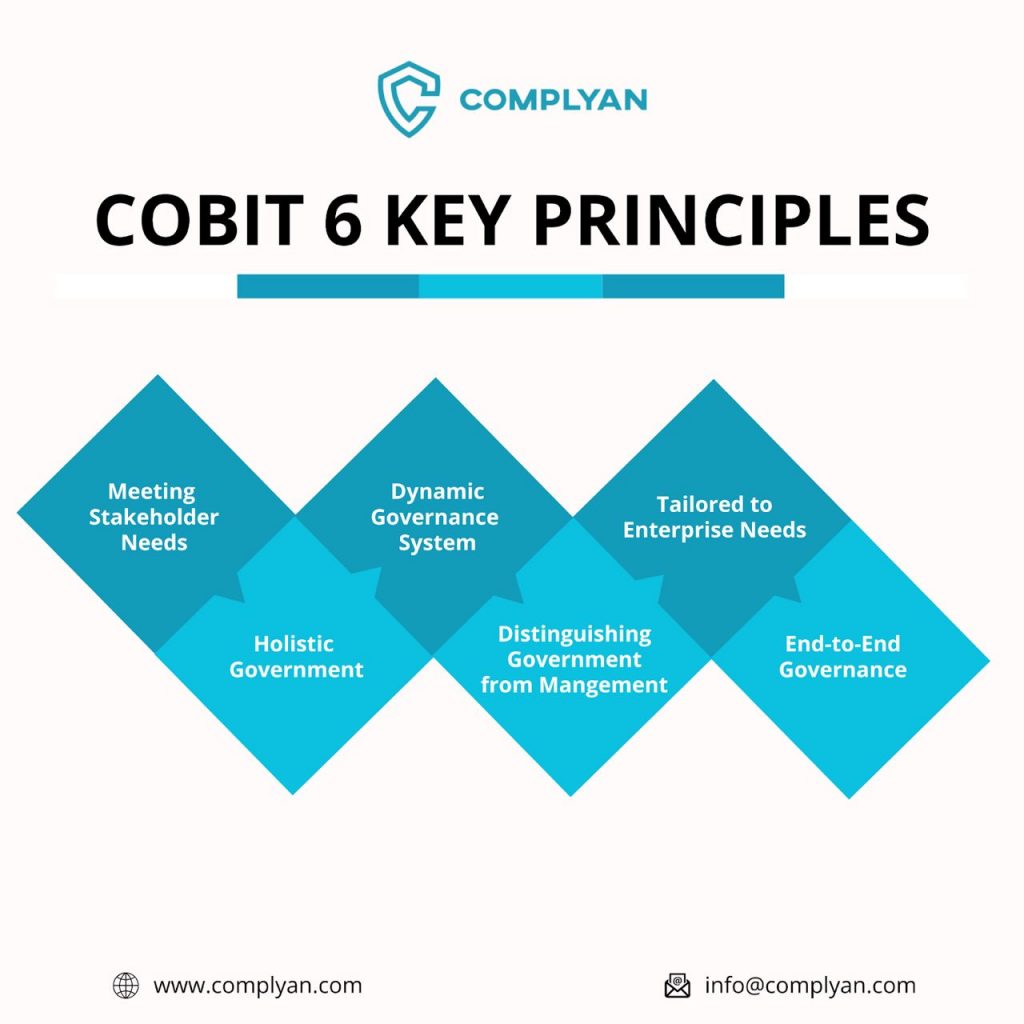Everything you need to know about the COBIT Framework

As organizations increasingly rely on IT and rapidly transition to the cloud, a structured approach to IT governance is more critical than ever. It can drive innovation, optimize resources, and enhance customer experience. However, if mismanaged, it can become a source of high risk. Enter Control Objectives for Information and Related Technology (COBIT) framework.
Originally developed by ISACA(Information Systems Audit and Control Association), COBIT has become one of the most trusted governance frameworks for aligning IT with business goals, without overwhelming teams with abstract theory.
What is COBIT Framework?
Think of COBIT as the rulebook for managing and governing IT processes. But unlike frameworks that focus solely on security or operations, COBIT focuses on the bigger picture: making sure IT supports business strategy, manages risk, and delivers value.
Think of it this way: you wouldn’t run a restaurant without knowing food safety standards, right? COBIT is like food safety standards for your IT – it gives you the framework to keep everything running smoothly while avoiding the nasty surprises that can shut you down.
The framework was created by ISACA back in 1996. What started as a simple auditing tool for financial professionals has grown into something much more comprehensive. The latest version, COBIT 2019, reflects how much our relationship with technology has changed over the past few decades.
At its core, COBIT is used to:
- Align IT goals with business objectives
- Create accountability across departments
- Build strong controls around data and technology
- Support compliance, especially in regulated industries
If you’re trying to unify your IT operations and compliance efforts under one structure, COBIT framework gives you that structure.
COBIT 5 vs COBIT 2019

For those familiar with COBIT, COBIT 5 set a strong foundation. But with the release of COBIT 2019, the framework saw important updates that reflect the significant shifts in how organizations operate today.
One major change is the introduction of a sixth principle focused on end-to-end governance. This expands the approach from managing individual IT functions to overseeing how technology supports and connects across the entire organization.
The number of governance and management objectives also increased from 37 to 40, bringing broader coverage. More importantly, the updated framework provides clearer and more practical guidance. COBIT 5 provided general direction, but COBIT 2019 goes further by offering steps that can be tailored to specific organizational needs. It’s the difference between being told to “improve performance” and being given a well-defined action plan.
COBIT 2019 also better reflects the demands organizations face today, from the rise of new technologies to the push for smarter, more integrated systems. These updates enable enterprises to align their IT governance efforts with business goals in a structured and effective manner
The Six Principles of Cobit 2019

COBIT 2019 is built on six core principles that guide everything else:
Meeting Stakeholder Needs means your IT governance isn’t just about what the IT department wants but rather about what actually serves your customers, employees, and business partners.
Holistic Approach: recognizes that IT doesn’t exist in isolation. Everything is connected, and your governance approach needs to reflect that reality.
Dynamic Governance System: acknowledges that business changes fast, and your governance needs to keep up. Static rules don’t work in a dynamic world.
Distinguishing Governance from Management: helps you separate strategic oversight from day-to-day operations. Both are important, but they require different approaches.
Tailored to Enterprise Needs: means one size doesn’t fit all. Your governance system should reflect your specific business, industry, and challenges.
End-to-End Governance: ensures you’re not just managing individual pieces – you’re orchestrating the entire IT ecosystem to serve your business goals.
Does COBIT Replace Other Frameworks?
No! and it’s not supposed to.
COBIT isn’t competing with security frameworks. It’s complementing them. If you already follow ISO 27001 or NIST CSF, COBIT helps you think about the broader governance questions like:
- Who’s responsible for what?
- Are business goals and IT strategy aligned?
- Are controls designed with performance in mind, or just audit checkboxes?
It’s less about how to configure a firewall and more about how your teams decide what’s worth protecting and why.
COBIT and Automation:
Even with a good framework, governance fails when it’s left to manual effort. Risk registers go stale. Policies aren’t reviewed. Control owners forget what they signed up for.
That’s why frameworks like COBIT work best when paired with automation tools that:
- Keep documentation up to date
- Assign ownership and track accountability
- Map controls to multiple frameworks in one place
Complyan was built for that exact purpose. To make frameworks actionable and turn governance from a theoretical ideal into a living system that works day-to-day.
Conclusion
COBIT offers a structured approach to aligning technology with business priorities. It helps organizations scale effectively, meet regulatory obligations, and maintain operational control.
Whether it’s comparing COBIT 5 and COBIT 2019, breaking down its components, or simply answering “what is COBIT,” the real benefit lies in adapting the framework to fit your operations, not forcing your operations to fit the framework.
Complyan turns frameworks like COBIT into usable, practical, and focused tools built to support real compliance needs.





 Governance and Policy Management
Governance and Policy Management